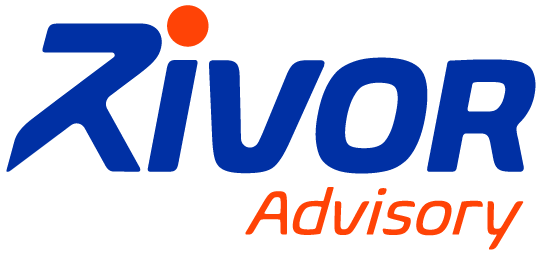
Service
Your ‘Service Architecture’ is the arrangement and interaction of service components, processes, technology, and people used to deliver value to internal and external customers.


A systematic approach
As service architectures grow in size and scope, managing the complexity of interdependencies, communication protocols, and data flow can become challenging. Services often have dependencies on each other, and integrating new services with existing ones can be difficult. Addressing these challenges requires careful planning, ongoing monitoring, and the implementation of best practices in service design, development, and operations. To maximise an organisation’s Service Architecture, a comprehensive approach that integrates Governance, Structure, Requirements, Capability, Infrastructure, Process, Compliance, and Expectations is essential.
By systematically addressing these eight components, Rivor helps organisations create a robust and agile service architecture that not only meets current needs but is also adaptable to future challenges and opportunities.
Governance determines the frameworks, policies, and guiding principles required to support strategic objectives. It establishes the oversight and accountability mechanisms necessary to ensure that service architecture aligns with the organisation’s goals. By setting clear guidelines and standards, governance helps in managing risks, ensuring compliance, and promoting transparency.
Structure determines the roles, responsibilities, hierarchies, and service models required to ensure effective service delivery. It demands accountability and defines workflows, outlining how different teams and individuals interact and collaborate.
Requirements identify and align the service activities necessary to meet customer needs. By clearly defining and documenting these requirements, organisations can prioritise activities, allocate resources effectively, and set measurable goals.
Capability ensures that workforce skills, knowledge, and competencies are aligned with and support service delivery. This involves identifying the necessary expertise and providing targeted training and development programs to equip employees with the required skills.
Infrastructure ensures that tools and systems adequately support service delivery. This involves providing the necessary technological and physical resources to facilitate efficient operations and implementing reliable and scalable systems.
Process eliminates inefficiencies and redundancies in workflows and procedures. This involves analysing and optimising how tasks are carried out to streamline operations and enhance productivity. By refining processes, organisations can reduce waste, lower costs, and improve service delivery speed.
Compliance ensures that service delivery practices adhere to relevant regulations and standards. This involves implementing procedures and controls to meet legal, industry, and organisational requirements.
Expectations ensure that service delivery goals are agreed upon, understood, managed, and met. This involves clearly defining and communicating the anticipated outcomes and performance standards to all stakeholders. By setting and managing these expectations, organisations can align their service delivery with customer and stakeholder needs, monitor progress, and make necessary adjustments.
Project Snapshots
Customer Management
Financial Services
Aided a bank in overhauling its go-to- market strategy for Retail and Business Banking services. Leveraged our Market & Margins methodology to revamp the delivery model, aligning it with the bank’s market positioning. Streamlined operations to enhance customer engagement and optimise revenue generation for sustained market competitiveness.
Shared Services
Grain Distribution
Oversaw the comprehensive review of the Fee for Service within the virtual Shared Services framework, implemented across various business operation divisions of the distributor. Formulated a proposed "roadmap" to address existing framework deficiencies, facilitating strategic enhancements and ensuring a more robust and efficient operational structure.
Complaints Management
Emergency Services
Engineered and executed an advanced complaint handling and resolution framework, ensuring streamlined process times, enhanced reporting, and improved outcomes for the business and stakeholders. Integrated preventive measures into the system, involving policy and procedure redesign, meticulous process role delineation, comprehensive system requirement development, and successful system implementation.


